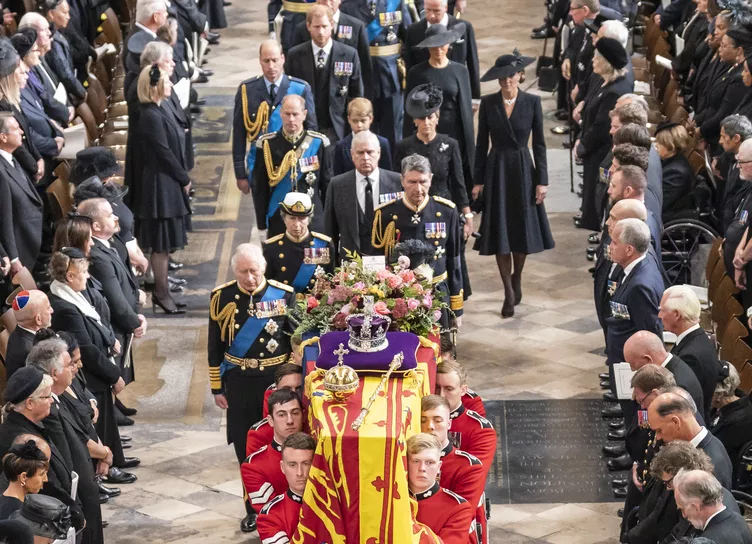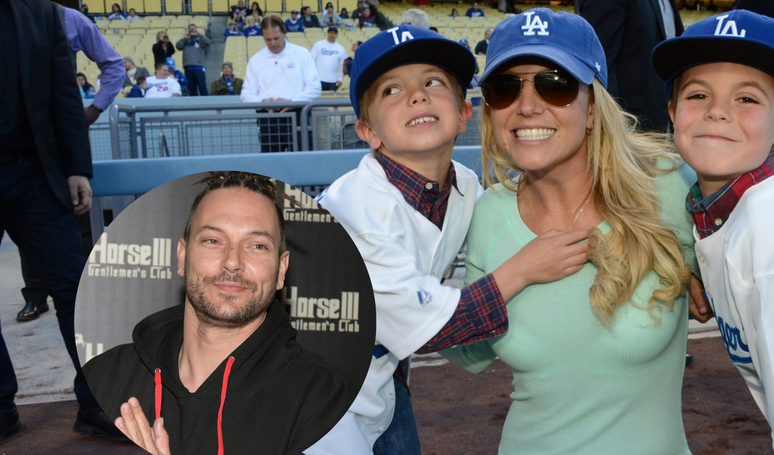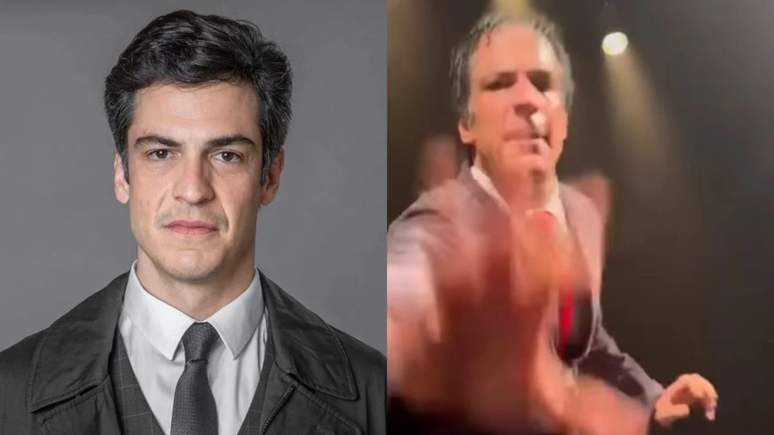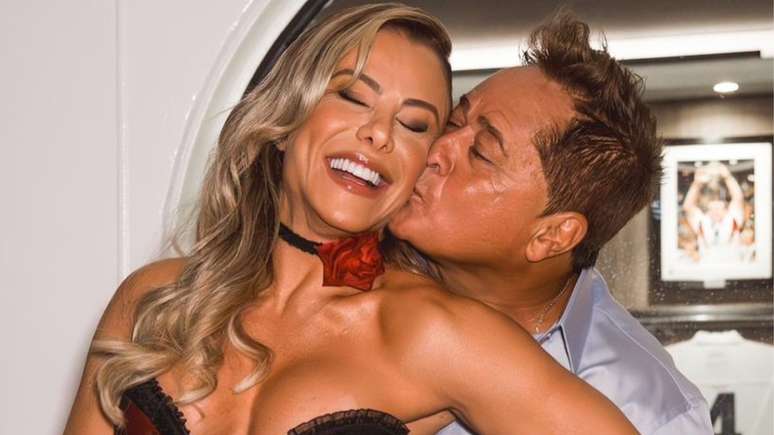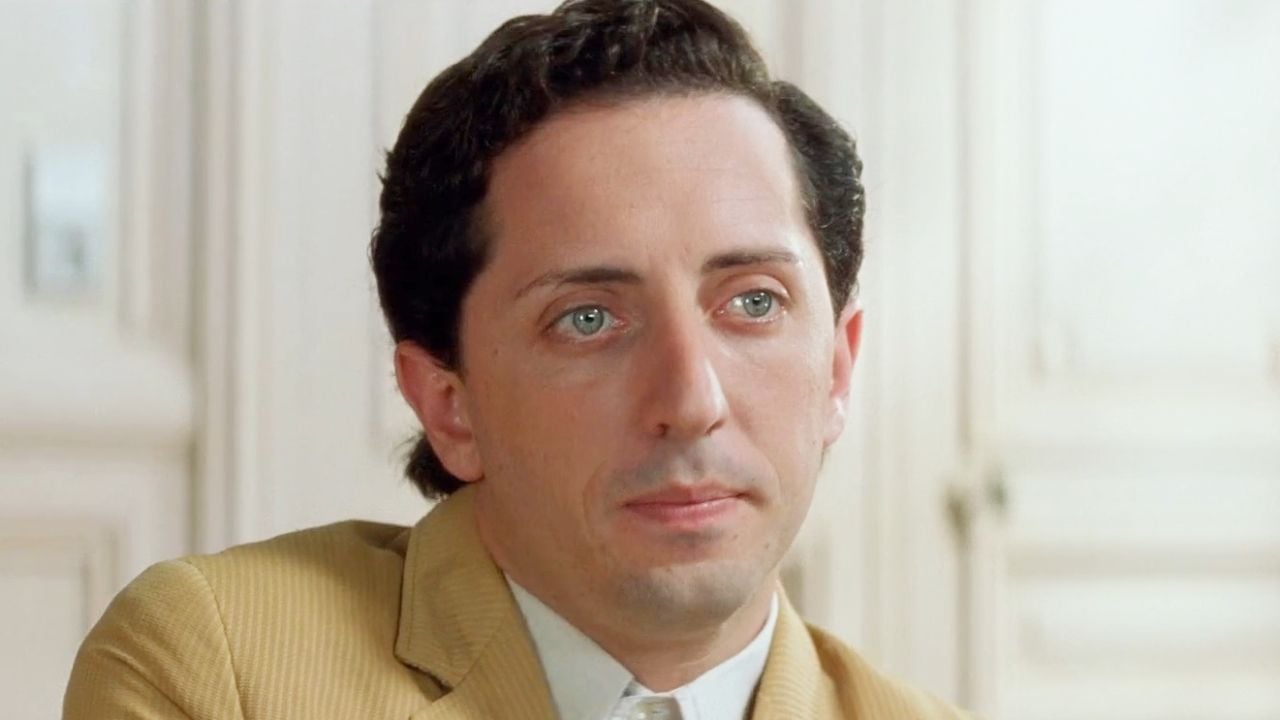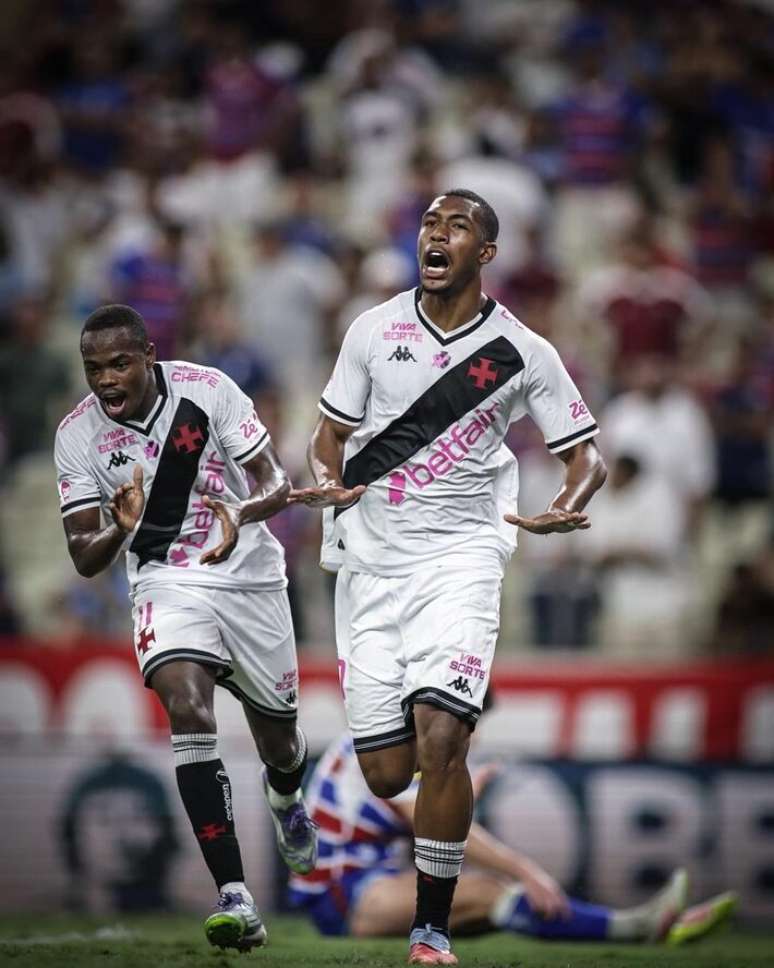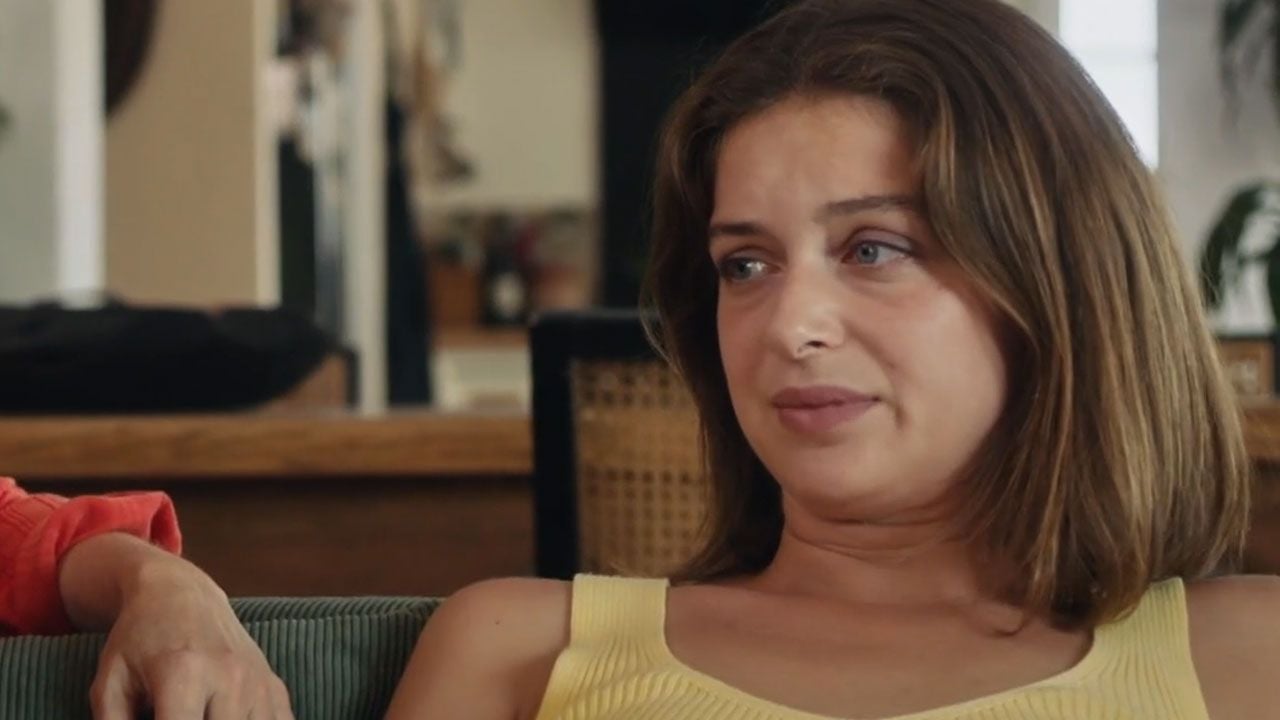______________________________
Britain hosted the first funeral in 70 years for a reigning monarch, Queen Elizabeth II. They demonstrated the commitment of the monarchy to traditions, but at the same time openness to new trends, symbolism and, most importantly, love in the royal family.

It is known that the planning of mourning events in the event of the death of Elizabeth II began in the 1960s. In addition to Operation London Bridge, which set the course of action from directly announcing her death to the end of the funeral, there were also its subspecies, in case the queen did not die in London. For example, “Operation Overload” – if the monarch dies outside the UK, or “Operation Unicorn” if it happens in Scotland.
Despite the fact that all information about this was strictly classified, a great many people were devoted to the details of the operation. For 60 years, year after year, consultations have been held at different levels: in ministries, departments, organizations and services – from the police to the church. As for the traditions, beauty and symbolism of the Queen’s funeral, everything depended on her. Only her heir, King Charles III, could make minor amendments to the course of the ceremony.

Who calls the music
Her Majesty has made many arrangements for the upcoming funeral ceremony. For example, she did not want “long, boring services” and determined what prayers and music should be played over the coffin. Being an admirer of bagpipes, she ordered that the final chords of the ceremony be played by the Queen’s personal bagpiper, Major Paul Burns. It was his game that almost every morning at 9:15 a.m. woke her up in the palace.
But the most symbolic was the Russian note of the British funeral. Elizabeth wished that she would be escorted on her last journey in the same way as her beloved husband Philip – to the choral performance of the Russian Kontakion of the Dead. It is known that the Duke of Edinburgh also planned his own funeral, and since his mother, Princess Alice of Battenberg, was a second cousin of the last Russian Emperor Nicholas II, he apparently wanted to emphasize his relationship with the Romanovs with this funeral tune.
The whole farewell ceremony was full of symbols and hidden allusions. The coffin was covered by the Royal Standard, a flag representing the sovereign of Britain, the Crown Lands and the British Overseas Territories. It features three lions representing England, one lion representing Scotland, and a harp representing Ireland. This flag was hoisted over one of the Queen’s palaces when she stayed there. And the wreath that adorned the coffin during mourning events was a gift from his son – the new king. It was made up of flowers grown in the gardens of the queen’s favorite Scottish castle Balmoral, her “working room” – Buckingham Palace, and the residence of Charles Clarence House, as well as rosemary leaves, English oak and myrtle branches. The latter were cut from a shrub once grown from a cutting taken from Elizabeth’s wedding bouquet. The wreath contained a handwritten note signed by the “loving and eternally devoted” Charles III.

Diamond Bow
Jewelry worn by members of the royal family to social events not only emphasizes their status, but also sometimes has a symbolic meaning. So Kate, Princess of Wales, wore to the funeral diamond earrings with pearls, which Elizabeth received as a gift for her wedding to Prince Philip in 1947. And the necklace of four strands of pearls with a diamond cockade is all the more full of symbolism: it belonged to the Queen, she gave it to Princess Diana in honor of her wedding to Prince Charles. And it was in it that Kate Middleton was at the funeral of the Duke of Edinburgh a year ago.
Meghan Markle, Duchess of Sussex, appeared at mourning events wearing pearl earrings, also given to her by the late Queen, in 2018. But that’s not all. She wore a black Stella McCartney cape gown to commemorate an event she attended with the Queen in 2018. It was a concert at the Royal Albert Hall, dedicated to the 92nd birthday of the monarch, for which Meghan chose the exact same image, but in blue.
But not only the wives of British princes honored the memory of Elizabeth II with their appearance. The honorary Queen Sophia of Spain, the mother of King Philip, arrived at Westminster Abbey in a black jacket, which sparkled with an oval brooch of pearls and diamonds, passed down in the Spanish royal family from generation to generation. She wore the same piece of jewelry to the funeral of the Queen Mother Elizabeth Bowes-Lyon on April 9, 2002.
Another symbolic brooch in the form of a diamond horseshoe, reminiscent of the Queen’s love for racing and horseback riding, adorned the mourning coat of the youngest participant in the ceremony, 7-year-old Princess Charlotte, third in line to the British throne.

Vigil of princes and princesses
First, four children, and the next day, eight grandchildren of Queen Elizabeth II took part in a ceremony called “Vigil of Princes”. On September 17 and 18, for 15 minutes, they replaced the guards who were on duty around the clock at the tomb of the queen. It is interesting that up to this point in the Vigil of the Princes, as the name implies, women have never taken part. For example, before the funeral of the Queen Mother, who had two daughters – Elizabeth and Margaret, and had no sons at all, four grandchildren stood at the coffin: the Prince of Wales, the Duke of York, the Earl of Wessex and Viscount Linley.
And in the Vigil of the Princes after the death of King George V, only his four sons took part, the daughter Princess Mary remained on the sidelines. But this time, the royal family apparently decided to eliminate gender inequality: on the 17th, along with King Charles and Princes Andrew and Edward, the Queen’s daughter, Princess Anne, took up the honorary watch. And on the 18th, along with Princes William and Harry, as well as Peter Phillips and James, Viscount Northern, the ceremony was attended by Princesses Beatrice and Eugenie, Zara Tindall and Lady Louise Windsor.
This brought some variety to the ceremony: when the participants of the vigil climbed the stairs, a shoe fell off the foot of Zara Tindall, the daughter of Princess Anne. This caused the procession to stall for a few seconds. But all viewers who watched the broadcast of the ceremony appreciated the dignity and grace with which Zara returned the shoes to their place.

Military in civilian, civilian in military
It is curious that the “Princes’ Vigil” was the only point of the multi-day mourning program, at which Princes Andrew and Harry were in their military uniforms. To do this, they needed the personal permission of the king. Prince Harry has been stripped of his right to wear a military uniform by the Queen after stepping down as a senior member of the royal family and moving to the US in 2020. I must say that for him it was a real blow. He graduated from the Royal Military Academy in Sandhurst, gave 10 years of his life to serve in the British Royal Armed Forces, and considers this time a very important part of his life. In his farewell letter after the death of Elizabeth II, he addressed her not only as a grandmother and queen, but also as his “supreme commander”. As an Apache military helicopter pilot, Harry has twice been on assignment in Afghanistan. There, according to his memoirs, published in The Sunday Times, he regularly had to transport wounded soldiers and local residents to hospitals. It was these trips that inspired him to organize sports competitions in which people who were injured in conflicts take part – Invictus Games (Games of the Undefeated). However, at all other mourning events, including at the funeral, he was in civilian clothes, but with his military awards.
Prince Andrew has not been able to wear a military uniform since early 2022, when Queen Elizabeth II stripped him of his titles, military ranks and royal patronage over allegations of sexual abuse of a minor by American Virginia Giuffre. To avoid questioning in an American court, the prince agreed to pay her £12 million in compensation. It must be said that the Duke of York was ready to sue and fight to the last, but his crowned mother considered that this would cause irreparable damage to the reputation of the royal family. In January 2022, more than 150 veterans of the British Royal Army, Navy and Air Force sent a petition to the Queen to deprive her middle son of military ranks and awards. A graduate of the Royal Naval College of Dartsmouth, a veteran of military operations, including the Falklands War, walked behind the coffin of his mother in civilian clothes. But the rest of the queen’s children and the heir to the throne, Prince William, although they were not military officers, have honorary military ranks of army regiments serving the monarch. So the Prince of Wales is a Colonel of the Welsh Guards, the Duke of Kent is a Scottish Guard, the Duke of Cambridge is an Irish Guard, Princess Anne is a Colonel of the Royal and Blue (one of the two regiments of the Palace Cavalry).

From coronation to funeral
Since arriving in London from Scotland, where Elizabeth II died at 4:30 pm on September 8 at her beloved Balmoral Castle, her coffin has been moved around London on a gun carriage pulled by six horses. After a solemn farewell at Westminster Abbey, where she was crowned in 1953, the funeral procession moved to Wellington Arch. All the way, the queen was accompanied by the bell ringing of Big Ben and the applause of grateful subjects. When she drove past Hyde Park, a salute from artillery pieces was given in her honor, when she passed Buckingham Palace, her entire staff lined up in front of him – about 100 employees. At the Arch, the coffin was transferred to a car.
On her last journey, the queen set off in a hearse designed by herself based on the Jaguar XJ sedan. The coffin was taken to St George’s Chapel at Windsor Castle. On the way, the funeral cortege passed favorite pony of Elizabeth II Emma and two corgis Muick and Sandy. At the gates of the castle, the whole family was waiting for her. On the funeral service about 800 guests attended the chapel. After the prescribed church ceremonies, the crown jeweler removed the scepter, the orb and the imperial state crown from the queen’s coffin. These symbols of the monarchy were presented to the Dean of Windsor, who placed them on the altar. After that, King Charles III placed the symbol of the royal company on the coffin, and the Lord Chamberlain, according to centuries-old tradition, broke his service baton, which marked the end of the reign of Elizabeth II. For the first time in history, this moment was broadcast live and could be seen anywhere in the world. So ancient custom and modernity finished 70 years of ministry of the British Queen. The next generations of Britons will live under the kings – Charles, William, George.

Source: Hellomagazine
Benjamin Smith is a fashion journalist and author at Gossipify, known for his coverage of the latest fashion trends and industry insights. He writes about clothing, shoes, accessories, and runway shows, providing in-depth analysis and unique perspectives. He’s respected for his ability to spot emerging designers and trends, and for providing practical fashion advice to readers.

